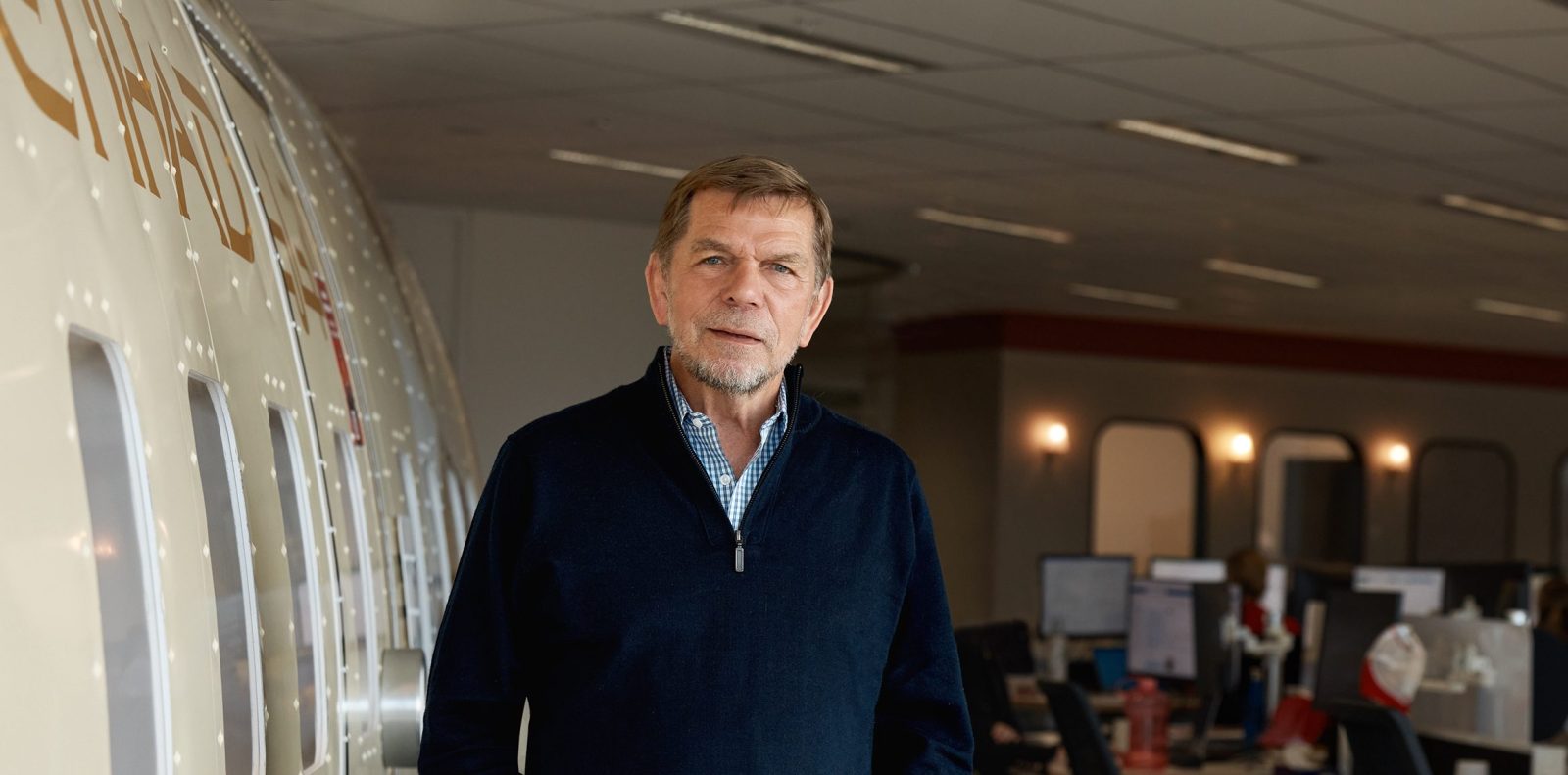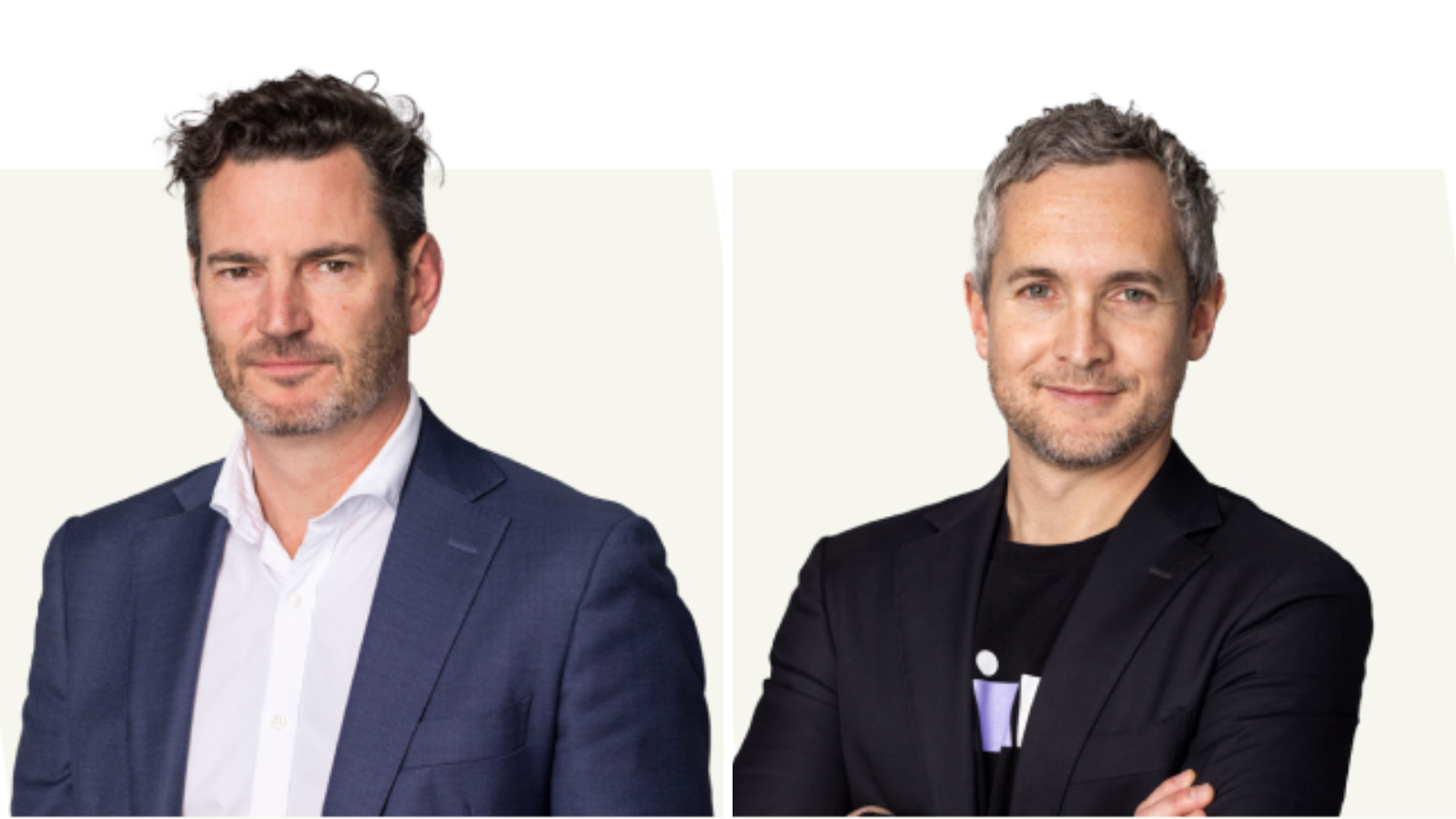Larry Diamond and Peter Gray enjoyed early success with their buy now, pay later company Zip, formerly Zip Co, when it launched in 2013. By 2019, their company had reached a $1 billion valuation. But as investor sentiment around the buy now, pay later industry soured, so did the company’s share price. It’s now near an all-time low. But Diamond, Gray and the company’s new Group CEO, Cynthia Scott, say slow and steady wins the race – and they plan on winning.
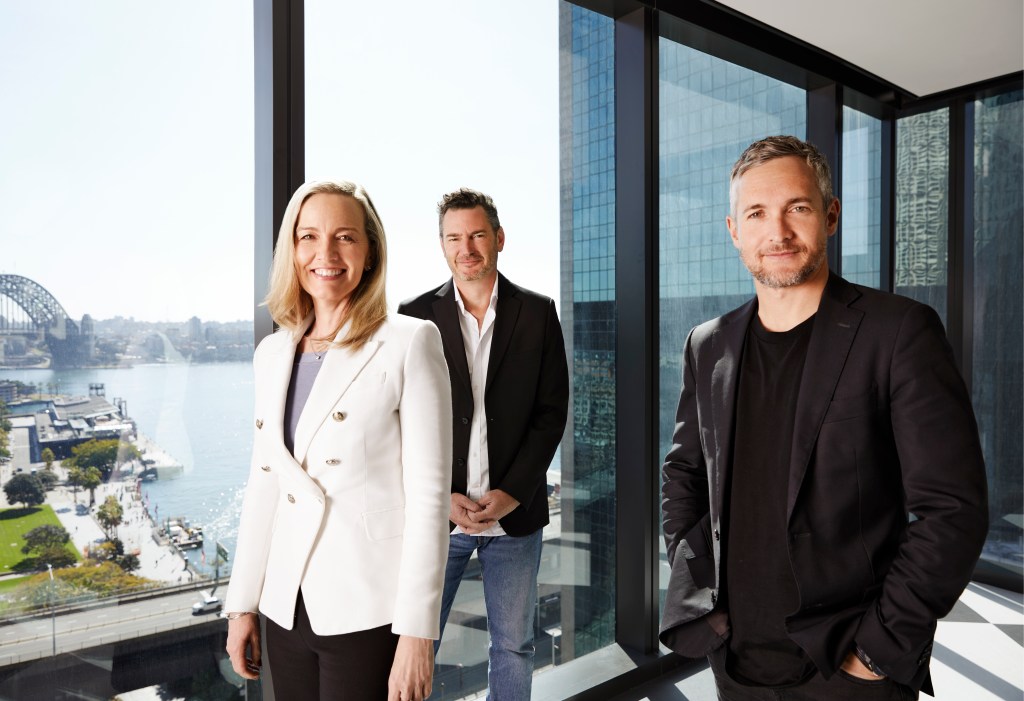
Poster boys, pariahs, Zip co-founders Larry Diamond and Peter Gray have heard it all.
“How about the sleeping giant?” they offer.
From a $12-per-share peak in February 2021 to a mere cents-per-share low at the time of writing, the company has a way to go before there’s anything ‘giant’ about it. However, perhaps ‘sleeping’ was the more operative word.
But, by focusing on its core markets of Australia, New Zealand, the United States and Canada, adapting to changing risk cycles and developing new products, Zip believes it can bring its share price back from the brink and carry the business into the future.
Diamond and Gray co-founded Zip, formerly Zip Co, in 2013, intending to disrupt the “broken” credit card model, pioneering the then-relatively unknown buy now, pay later industry (BNPL) with an interest-free digital credit option. By 2019, the company reached a billion-dollar valuation. At the time of writing, its market cap was about $276 million. (At the time of publishing, its market cap is $250 million).
“We’ve had many highs and many lows,” Diamond says. “We always knew it was going to be a long game.”
Of the highs, reaching that $1 billion valuation in 2019 was one of them. “[BNPL] was heralded as a new wave of consumer finance,” Diamond says. “The market was saying, ‘There’s a great opportunity here’.” That year, Zip expanded into New Zealand via its acquisition of PartPay and announced it had acquired stakes in multiple BNPL operators overseas, like the US’s QuadPay and South Africa’s Payflex.
“When times were good, we were able to get out there and do things that I think very few fintechs could do,” Diamond says. “We posted flags in several countries and led the frontier on BNPL. At the same time, when the music stopped, we were able to be decisive and focus on the sustainability of the business.”
The music had certainly stopped by FY22. On a macro level, the BNPL sector was experiencing a rapid decline. Increased competition, first from start-ups (Klarna, Sezzle, QuadPay, Humm, OpenPay, Latitude Pay) and then from stalwarts (Paypal, Mastercard), forced BNPL firms like Zip to spend more on marketing costs to stay relevant. In FY22, Zip spent $120.1 million on marketing expenses.
Then, regulatory concerns from ASIC took centre stage. The corporate watchdog wanted BNPL products to be regulated like other forms of credit under the National Credit Act.
Interest rate rises followed. Soaring borrowing rates and customer defaults took their toll on the BNPL sector.
“The dramatic change in the interest rate environment got all the technology stocks – particularly fintech and buy now pay later,” Diamond says.

But higher interest rates also led to more instances of bad debt – or debt owed to the company by its customers but is unlikely to be repaid. For Zip, FY22 saw the business record losses of more than $1 billion. Of that, bad debts and expected credit losses accounted for $276.1 million. Cynthia Scott, now Group CEO, joined the business at the height of the decline in November 2021, just as competitor Afterpay, founded by Australians Nick Molnar and Anthony Eisen, was bought by Block, formerly Square, for $39 billion.
“The turnaround from the market rewarding growth to the market demanding profitability was swift,” Scott says. Zip had made investments in markets that it estimated would pay off in four-plus years from the time of investment, but that wasn’t quick enough. And so the wheels began turning internally – Zip needed to become profitable and fast.
The company made a slew of fast decisions. It would exit Singapore and the United Kingdom, shut down its personal finance app, PocketBook, and its merchant
offerings Zip Business Trade and Trade Plus got the flick.
“We’re not afraid of making tough decisions,” Diamond says. “We’ve had to say goodbye to a lot of great founders in a number of different markets that we’ve either shut down or sold out of, but we always knew that we had the crown jewels in Australia and the US market.”
In March 2023, the business had revealed plans to exit South Africa, Europe and the Middle East. In June, the company exited a days-long trading halt with a significant announcement: the company had raised just under $25 million in equity. The exercise reduced the company’s corporate debt by $192.2 million to $137.8 million. The Group has reduced its corporate liabilities by $312.2 million in the past financial year.
By August, more news had emerged: there was a leadership change. Diamond would now be the CEO of Zip’s US arm, and Gray would lead the Australian and New Zealand arm. Cynthia Scott, Zip’s former ANZ CEO, would now assume the role of Group CEO.
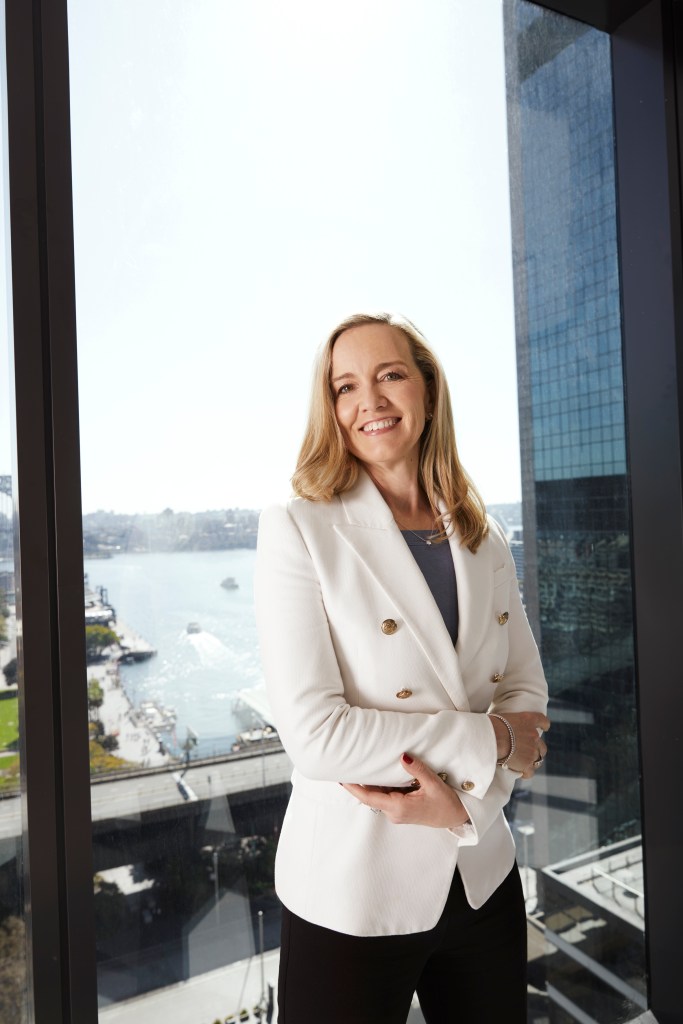
A year after their billion-dollar loss, co-founders Diamond and Gray and Group CEO Scott appear to have been deep in the trenches, digging their way out for some time. Gray says, “It’s never as good as the media suggests, and it’s never as bad as the media suggests.”
The reported FY23 financials show this: the Group’s revenue increased 16.1% to $693.2 million, and its transaction volume increased 7% to $8.9 billion, year-on-year. The Group’s net bad debts decreased by 0.7% to 2% of total transaction volume, and its revenue margin was up 0.6% to 7.8% year-on-year. The US and New Zealand businesses exited the financial year cash (EB) positive.
Recently, the company signed up some key enterprise merchants, including Webjet, Peloton, Sheike and Hewlett Packard in Australia and WHP Global and Hanes Brand in the US.
“I think what you’ve seen over the last year is a focus on doing less,” Diamond says.
We’ve had many highs and many lows. We always knew it was going to be a long game.”
– Larry Diamond, co-founder, Zip
“We’re better simplifying our business model to protect, preserve and accelerate the two rich assets we have in Australia and New Zealand and the US and Canada.”
The company also showed it could adapt to the risk environment. With interest rates higher, Zip says it’s taken steps to tighten risk criteria and reduce bad debt, like reducing approvals or automatically locking accounts when consumers fall behind in arrears.
“Arguably, we’ve slowed growth down a bit too much regarding our risk settings,” Scott says.
Today, the business has 6.2 million active customers globally. And the US continues to present the largest
opportunity, Diamond says. That’s thanks to a load of underserved customers in the US who are looking for access to fair credit and are locked out of the traditional financing system, he says.
According to a 2021 Federal Deposit Insurance Corporation report, around 4.5% of US households (approximately 6 million) were unbanked, meaning no one in the household had a checking or savings account at a bank or credit union. That figure is up near 20% when you include underbanked households. This population relies on alternative financial products and services.
“There is a huge opportunity for a player like Zip to meet the needs of those customers,” Diamond says.
In Australia, consumers are shifting towards transacting online, with the eCommerce and online shopping industry growing by 23.4% in 2022 alone, an Australia Post survey found.
Today, more than 9 million Australian shoppers purchase online, and there are more than 7 million BNPL accounts, with the average customer using BNPL for more than 18 transactions a year.
But industry critics, like the executive director of investment firm East 72, Andrew Brown, say the BNPL model will never be profitable.
“[BNPL] is an utterly unsustainable business model,” he says. From enormous marketing costs to significant bad debt charges, Brown says BNPL providers will continuously need to raise capital to stay in business.
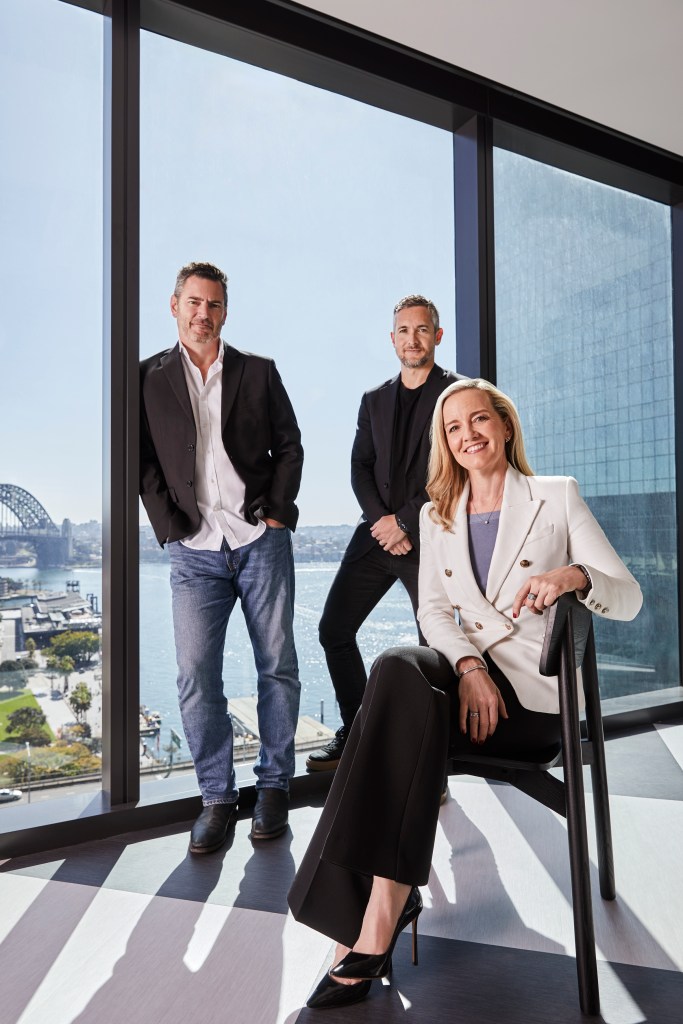
“These aspects left companies highly vulnerable to a slowing of their growth rate and competitive pressures, which is exactly what happened [previously],” he says. “Most obviously, the cost of acquiring a new customer turned out to be significantly greater than the lifetime return from that customer.”
But Scott says Zip hopes to grow its customer base without blowing out its marketing costs. Across FY23, Zip’s marketing costs reduced by more than half to $41.9 million, and Scott says that’s not the lever the company plans to pull to acquire customers and merchants. Product development is.
A recent survey of the company’s customer base found that 30% wanted a physical debit card, which Gray hints may appear in FY24. That will be a significant year for another reason: the business plans to be Group profitable.
“If we continue to execute to the plan and demonstrate the strength of the business model through a deteriorating external environment – like the cost of living and inflation – the business will come out of this challenge stronger,” Gray says.
“The share price will ultimately follow that successful execution.”
There’s something else working in their favour, too, Scott says. “Zip is unique in the market. We have the regulatory fit-for-purpose platform,” she says. “Our competitors are not in the same position.”
Zip is unique in the market. We have the regulatory fit-for-purpose platform.”
– Cynthia Scott, Group CEO, Zip
For the next 12 months, Diamond says he’ll be in New York City executing the company’s US strategy while Gray holds fort in Sydney alongside Scott, who will oversee the global operations. In that time, Diamond and Gray jokingly commit to working on their long-distance relationship.
“I’d say I’m probably more of an in-person kind of guy,” Diamond says – and Gray laughs, seemingly in agreeance. The pair are also committed to showing up for their staff, which involves maintaining their mental health.
“We’re certainly in a space that’s generated a lot of attention, and we have been the beneficiary of some of that attention. But to some degree, it’s all just outside noise,” Gray says.
But noise can be tricky to block out. “You’d be lying if you said you were immune to some of the commentary, but feeling sorry for yourself doesn’t solve anything,” Gray says.
“It’s about getting on and continuing to execute. If you ever need any refreshing on enthusiasm, you can look at some of the customer feedback we get daily, and you can look at the wonderful staff that we have fronting up every day. It’s not hard to get a regeneration
of all things on the mental health front. And I like to run.”
“Pete’s running a lot,” Diamond interjects. “That’s for sure.”
And, of course, there’s the argument that this is exactly what they – and the rest of their staff – signed up for, he says.
“When the share price was $14, we got out there and told them not to rest on their laurels. And similarly, when the share price has dropped… I think the key is to stay in business and hire and
motivate your people. And they like it tough. We like it tough.”
Look back on the week that was with hand-picked articles from Australia and around the world. Sign up to the Forbes Australia newsletter here or become a member here.

